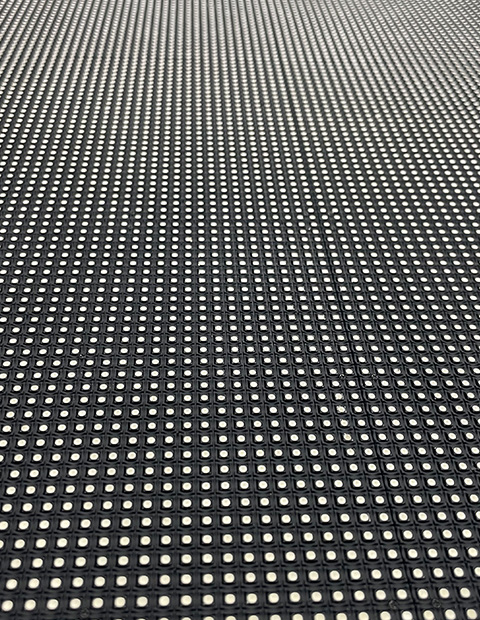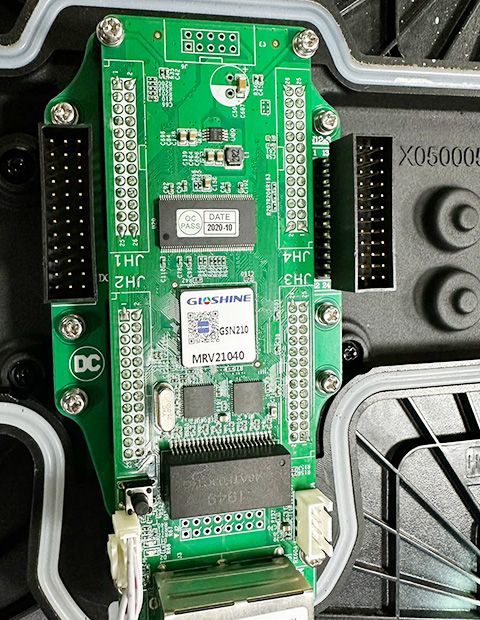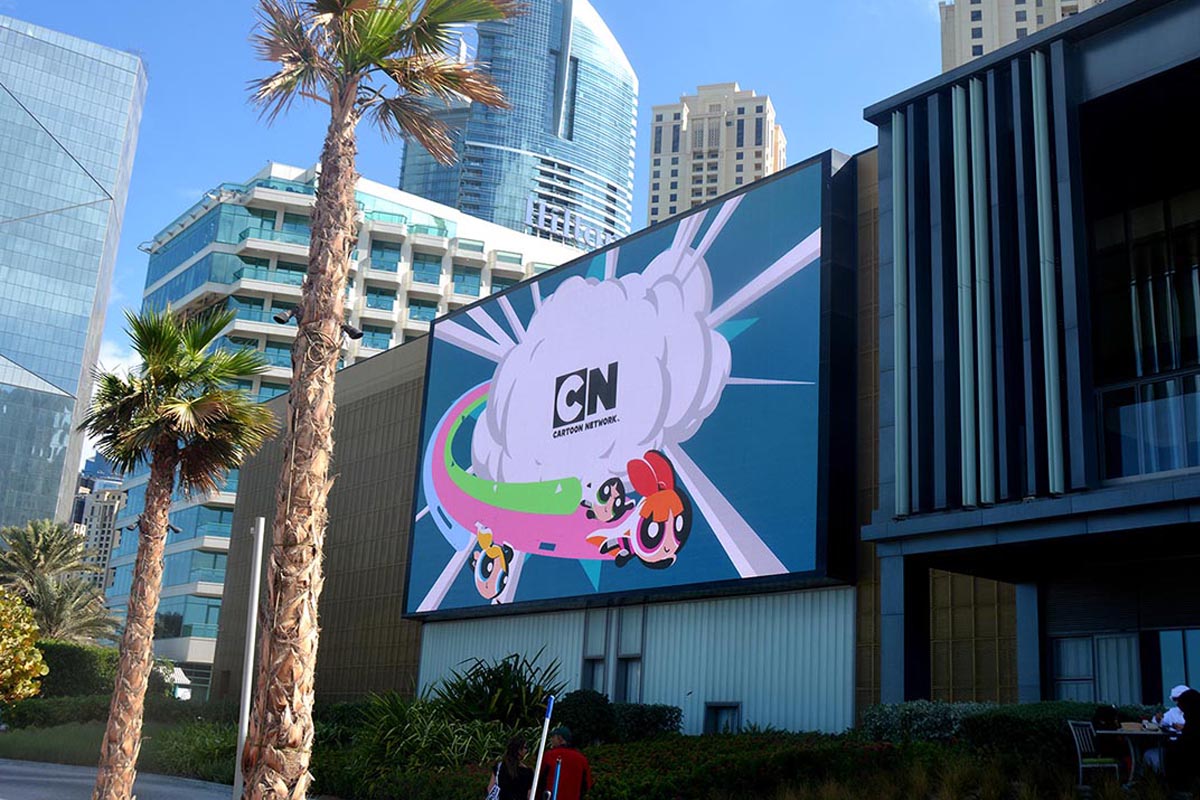If you use an LED display for a while, you’ll probably notice different degrees of flower screen and mosaic phenomenon. This is because the decay curve of the LED lamps isn’t the same. Thanks to point-by-point correction technology, you can effectively adjust the brightness of different lamps to the same level of LED display. By the right method, you can make the used LED display return to its perfect display effect.
Why do Second-hand LED displays need refurbishment?
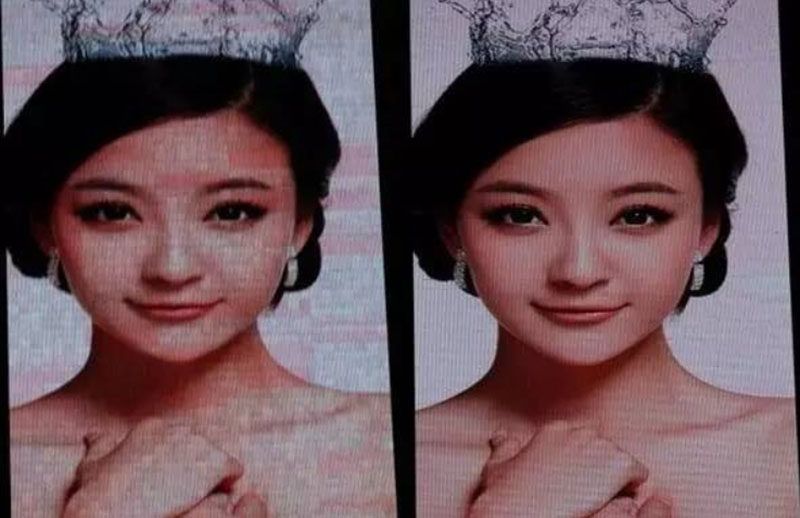
The LED light-emitting chip and manufacturing process make it difficult to achieve uniform light points on the LED screen. Additionally, the aging of the discrete type of chip and other factors contribute to the appearance of serious speckles, color blocks, mosaics, and other “Mosaic screen” phenomena in used LED displays that have been in use for two or three years, or even half a year.
What kind of Second-hand LED display can be refurbished?
Not all used LED screens can be fixed up with point-by-point corrections. If you’ve got a big area of dead lights, a power failure, or other problems where the screen can’t be lit properly, you’ll need to fix all the trouble spots before you can refurbish the old screen.
What is LED display point-by-point correction technology?
The LED display is made up of lots of LEDs, and even the same batch of LEDs can have a big difference in how they disperse light, which can cause uneven problems with the display.
If you mix different batches of LEDs, the display will look uneven. You’ll get more of those ” Mosaic screen, dirty screen” problems, which will really affect the viewing experience. So far, the only way to get better display uniformity is with point-by-point correction technology.
In addition, the technology is mature enough to handle mixed batches of LEDs, so the whole screen display is uniform.
How does point-by-point correction technology work?
It collects data on the brightness and color of each pixel on the LED display. This data is used to create a set of correction coefficients for each base color sub-pixel. These coefficients are then sent back to the display’s control system, which applies them to drive each pixel or sub-pixel.
Therefore, it will improve the brightness and color uniformity of the used display and make the display brighter and more accurate in color.
From what we’ve said so far, it’s clear that point-by-point correction technology can be broken down into four parts:
- Raw data acquisition;
- Correction data generation;
- Drive control;
- Post-correction maintenance.
Why calibration improves the picture quality of the used LED display screen
LED displays are manufactured by the raw materials, the process, LED aging, and other issues. It can cause LED displays to be uneven.
Discrete nature of the LED itself.
Since the video source will be magnified hundreds or even thousands of times, the human eye can distinguish between the module chromaticity by 1-2% and the wavelength by 1-2nm.
In the manufacturing process of the LED display screen, the LED lights are separated into strict grades based on their spectral color. For example, the brightness error is divided into 10% or even narrower, and the wavelength error is divided into 2nm or even narrower. But even with spectral color separation, there’s still no perfect solution for uneven LED displays.
Inherent defects
The LED lights on the LED display are driven by constant current driver chips, and a typical LED constant current driver chip has 16 channels.
Taking static display as an example, one constant current driver chip can drive 16 lights. Driven by different currents, the LED lights are not only inconsistent in brightness, but more seriously, the wavelength of the LED lights also changes with the change of current- under the drive chip, the inter-chip error of the driver chip and the inter-channel error will lead to the inconsistency of the brightness and color of each LED light.
Defects acquired during processing
Dispersion along the optical axis of the LED is caused by light errors Because of the welding, the angle of dispersion for the whole lamp and the assembled lamp will be different, which makes the non-uniformity of the LED display worse.
Acquired defects
Theoretically, the LED display should last 100,000 hours. Most of that cost is spent on commercial advertising, where the image quality requirements are very high.
In reality, An LED display will lose its commercial value after about 5,000 to 10,000 hours because of LED deterioration and begin to decline. This will happen even sooner, at around 15,000 to 20,000 hours, which is a huge waste of resources. So, the non-uniformity of LED aging in LED displays is a big problem for used LED display.
Other factors
- Flatness of module assembly
- Flatness of box assembly
- Flatness of mask
- Dispersion of ink color
- Unevenness of heat distribution inside the module
To sum up, all Second-hand LED displays have some non-uniformity when they leave the factory. The level of non-uniformity varies from manufacturer processing. And the LED display will still have different levels of non-uniformity over time.
Refurbish LED display screens for sale
Above we introduced how to refurbish LED display screens using point-to-point technology. However, in the actual refurbishment process, it is much more complicated, such as brightness testing, repairing module, repairing LEDs, masks, power supplies, etc. If you want to buy a second-hand LED screen for your event, you can refer to our second-hand LED screens for sale below:

Used Gloshine P3.9 LS Outdoor
- Type: Outdoor rental LED display
- Pixel Pitch: P3.9/3.9mm
- LED: Nationstar SMD1921
- IC:MBI5252
- Receiving card: Novastar MRV210
- Cabinet Size:500×500 & 500×1000
- Produced Year: 2020Stock: 243SQM: 500×1000;32SQM:500×500
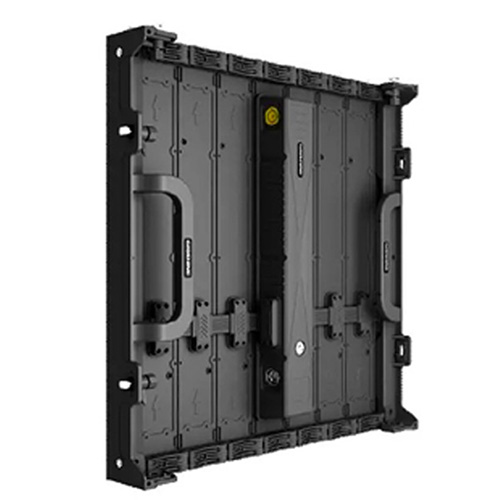
Used Gloshine P3.9 CL Series Outdoor
- Type: Outdoor rental LED display
- Pixel Pitch: P3.9/3.9mm
- LED: Kinglight SMD1921
- IC:MBI 5254Receiving card: Novastar A5s
- Cabinet Size:500×500
- Produced Year: 2021Stock: 150SQM
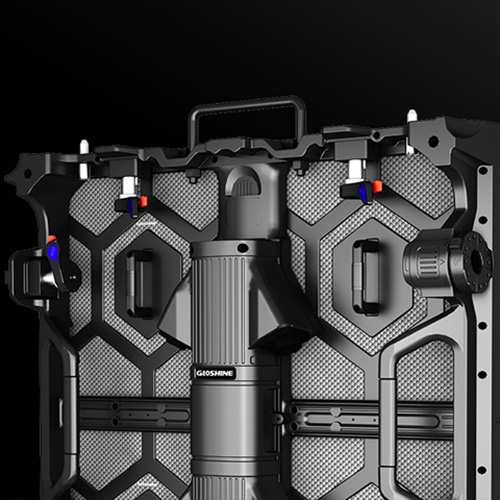
Used Gloshine P3.9 BE Outdoor
- Type: Outdoor rental LED display
- Pixel Pitch: P3.9/3.9mm
- LED: kinglight SMD1921
- IC:CS 2033
- Receiving card: Novastar AT 32
- Cabinet Size:500×500 & 500×1000
- Produced Year: 2021
- Stock: 700SQM: 500×1000;100SQM:500×500
Conclusion:
After point-to-point correction, the used LED display can maintain a brightness difference of 3% and a chromaticity difference of less than 0.003. You can see obvious visual improvement.
Of course, there will be a certain degree of brightness loss during the repair process, which depends on the quality of the second-hand LED display. If you are looking for a high-quality second-hand LED display, please feel free to contact us.
